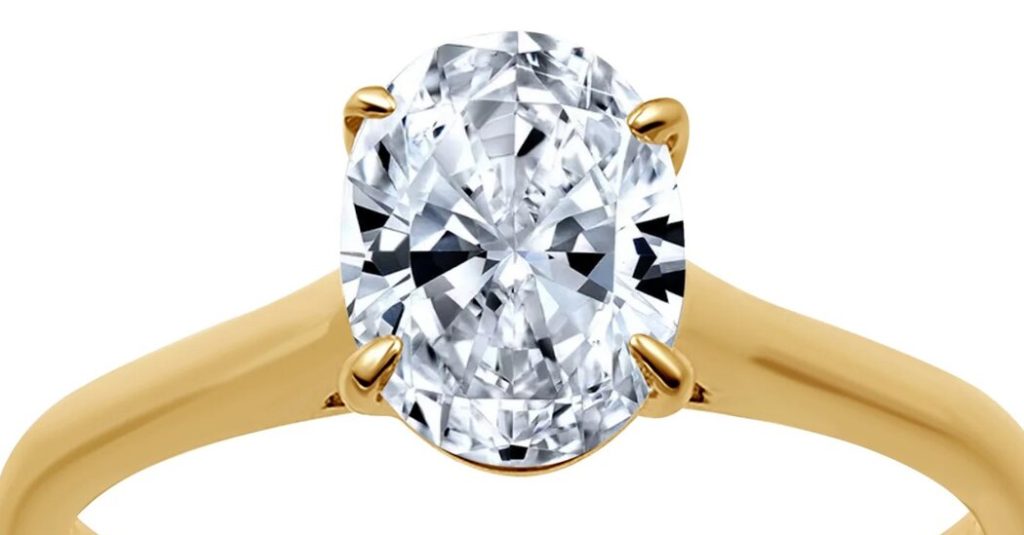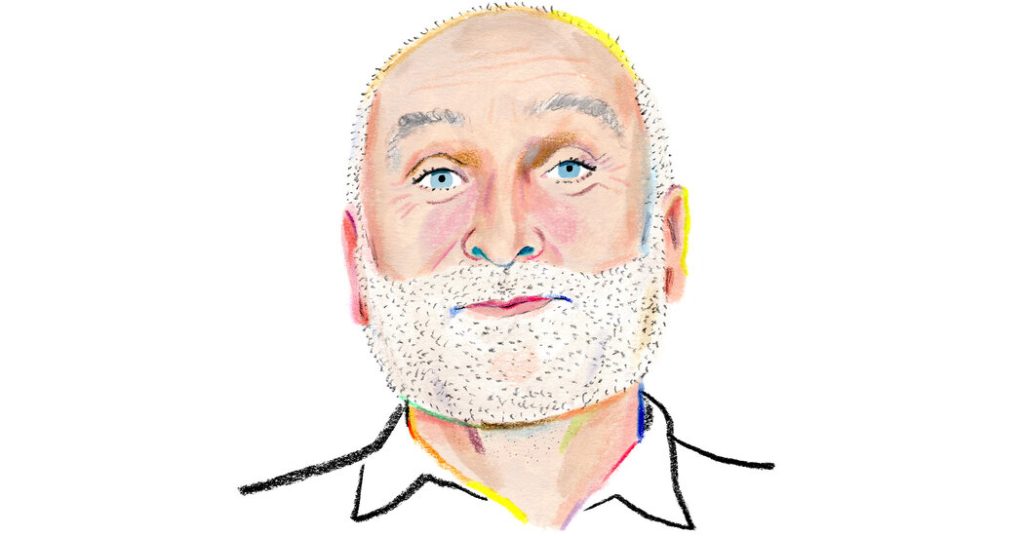Do you care where a diamond comes from?
Historically, consumers didn’t have a choice. Natural diamonds were formed billions of years ago, deep beneath the earth’s surface, and were then thrust hundreds of kilometers to its crust by volcanic eruptions before eventually being extracted from mines in South Africa, Russia and elsewhere. Companies like De Beers convinced the world that a diamond is forever, made the stones synonymous with engagement rings and encouraged people to spend at least three months’ salary on a rock when they wed.
But in recent years, the natural diamond industry has been upended by laboratory-grown diamonds, which are virtually identical in chemical composition to their natural counterparts (at least to the naked eye). They can be grown in almost any size or color and cost anywhere from a 20th to a quarter of the price of natural stones. As shoppers look for ever bigger and blingier sparkles, synthetic diamonds have become increasingly popular — especially in the United States, the world’s largest market for diamond jewelry.
Last year, according to a survey of U.S. consumers by the online wedding platform the Knot, more than half of respondents said their engagement rings featured a lab-grown diamond as a center stone, up from 46 percent in 2023 and 12 percent in 2019. Walmart, which started stocking lab-grown diamond jewelry in 2022, said sales in that category were up 175 percent last year compared to 2023.
“Imagine if Hermès introduced an AI technology that could produce a perfect Birkin bag using the same materials in the same atelier, but in a fraction of the time,” Jessica Sailer Van Lith, founder of the lab-grown line La Pietra, said in a gushing Vogue article called “Shhh… I Sort of Regret Not Buying a Lab-Grown Engagement Ring in February. “Would you want one?”
A Rocky Question
With a raft of buzzy lab-grown diamond brands like Blue Nile, Grown Brilliance and Dorsey and with establishment names like Jennifer Fisher and Pandora pivoting to stones that are made, not mined, are the likes of De Beers — the world’s biggest diamond miner, whose very existence depends on the popularity of natural stones — facing an existential threat?
You wouldn’t think so to look at Al Cook, the jovial chief executive of De Beers, as he sat in the company’s London headquarters last week. After a boom in spending during and immediately after the pandemic, the natural diamond market has had a difficult few years. Alongside the acceptance of lab-grown diamonds, fewer marriages, plunging demand in China, Russian sanctions and a volatile global economy all played a part.







